Actually, I was rather committed to not even having an Estate Find this week, both from not finding anything new and from having far too many other things taking up my time, but we’re pulling this one out in the last minute, kinda – it was shot in the early evening as we were rearranging things in the yard.
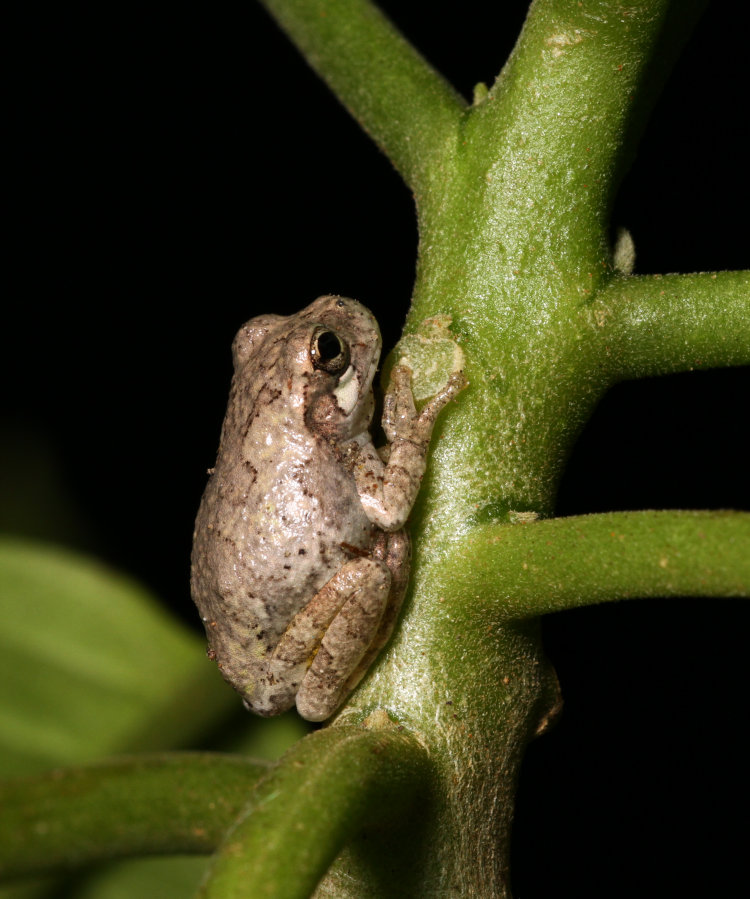
Okay, sure, it’s simply a Copes grey treefrog (Dryophytes chrysoscelis) perched on the stem of one of the trumpet flowers (Brugmansia.) Big fat hairy deal. Except that it’s not any of those, but quite tiny – it unfortunately moved from its much more photogenic locale, nestled in like a bud at the base of the leaves, while I was getting the camera. However, I had The Girlfriend available to help provide scale:
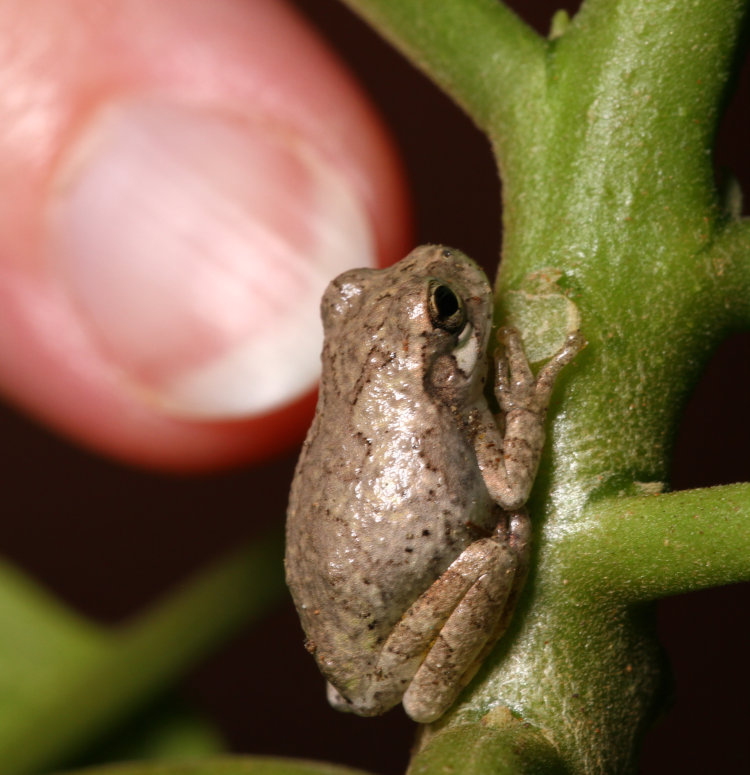
Her finger is even smaller than mine, and we discussed how to determine that scale, but suffice to say, this is tiny, able to be mistaken for a small leaf or even a blob of mud easily.
Now, the other news, directly related, is that this was shot with a whole new (to me) macro lens, specifically the Sigma 180mm Macro f3.5 APO – a much longer reach, a little brighter view, and Sigma’s Hypersonic Motor focusing. This is a significant step up, operation-wise, from the Mamiya 80mm f4 macro (intended for the M645 line of cameras) that I’d been using before, something that I’d switched to many moons ago when my previous macro lens conked out, and stayed with because it was the sharpest damn lens I’d ever used. That one, however, began to suffer from severe stiffness in the focusing ring, and my attempts to correct this (over many months of messing about) were unsuccessful. All of the examples of the same model that I’d been finding available were either in rough shape with fungus or lens separation internally, or suffered from the same stiffness problem. So this was The Girlfriend’s present to me, and I’m hashing it out.
The biggest difference is, a much, much greater working distance to achieve the same magnification, which is nice. The HSM focusing is slick (the Mamiya was strictly manual since it dated from the 70s,) if a little twitchy, but that has a lot to do with the longer focal length and wider aperture, both of which reduce the depth-of-field when focusing – this means that it’s very easy to sway out of sharpest focus, which the autofocus has to keep up with. Even if I go manual, which will still occur (I just don’t know how often,) I have to work on being absolutely steady or, like always, tripping the shutter just as I drift into the ideal sharpness zone. There will be a learning curve, certainly.
It’s also heavy, twice the length of the Mamiya and a little greater in girth. I mean, who doesn’t want that, but it certainly drags on the arm when out wandering around, and I’ll be designing new grips for it.
The tests have been quite revealing, as well.
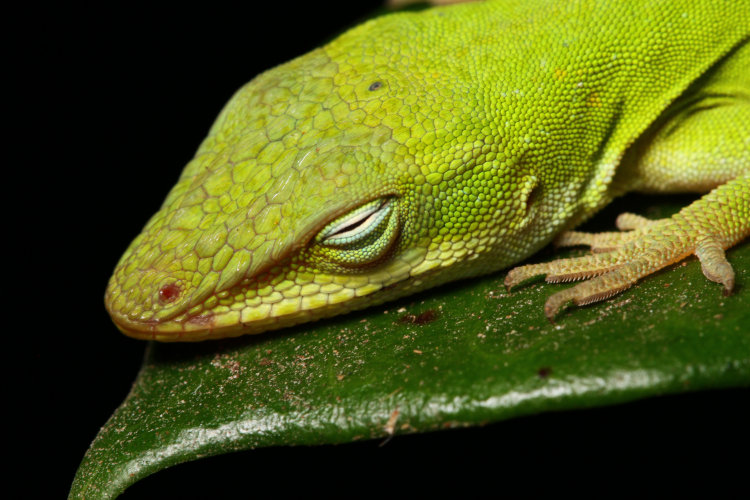
One of the first test images taken, this is full frame, and of one of the little juvenile Carolina anoles (Anolis carolinensis) that have been so handy recently. Now let’s crop in tight:
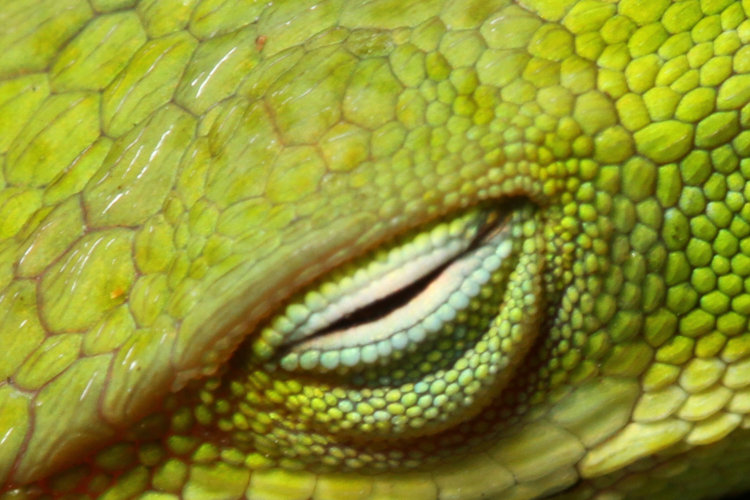
This is at half-resolution, and you can see that even at f16, the edges of the eye are wandering slightly out of focus, but the detail on the scales atop the head is pretty damn good. Moreover, the color rendition seems somehow much more nuanced, potentially due to the advances in modern lens glass and design – I’m not 100% sure that I’m truly seeing this or if it’s simply an artifact of the camera settings and lighting, so more tests will be in order. You’ll be seeing more as we go along.
I have another example, but it’s not from this lens and so isn’t an example of that, but the new macro softbox instead:
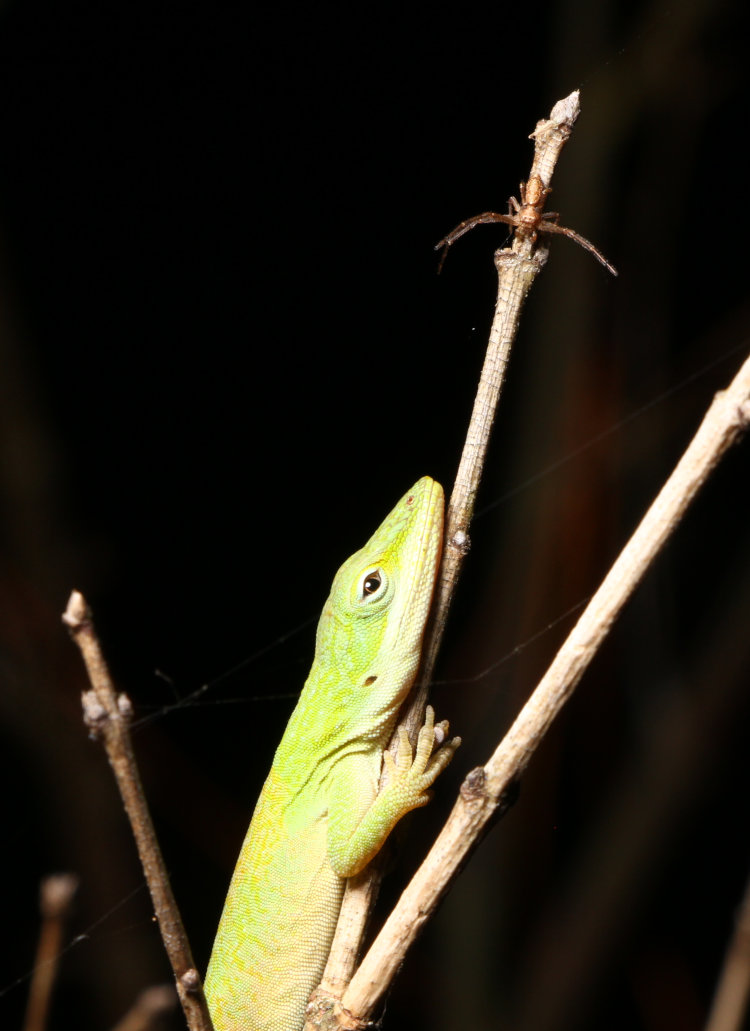
That’s with the exact same settings that I’d been using for years, and it’s actually too bright, meaning the softbox is doing a much better job of transmitting light. Actually, checking the EXIF info, the aperture is 1/3 stop smaller than my routine settings, so it’s even more light than I thought. I’ve been stopping down from the former f16 to f/22 at least, which helps increase depth-of-field.
[There’s a limit to this, however, which is discussed and illustrated towards the bottom of this page. Long story short: stopping down too far starts to soften the image again through diffraction around the edges of the aperture blades, so there’s always a limit, and you should experiment carefully to know how far you can go with your own lens. It’s usually safe to say that using the smallest aperture of the lens will actually work against you, though.]
Anyway, we have an Estate Find after all, and a little news, and more experiments and examples to come. Cool, right?
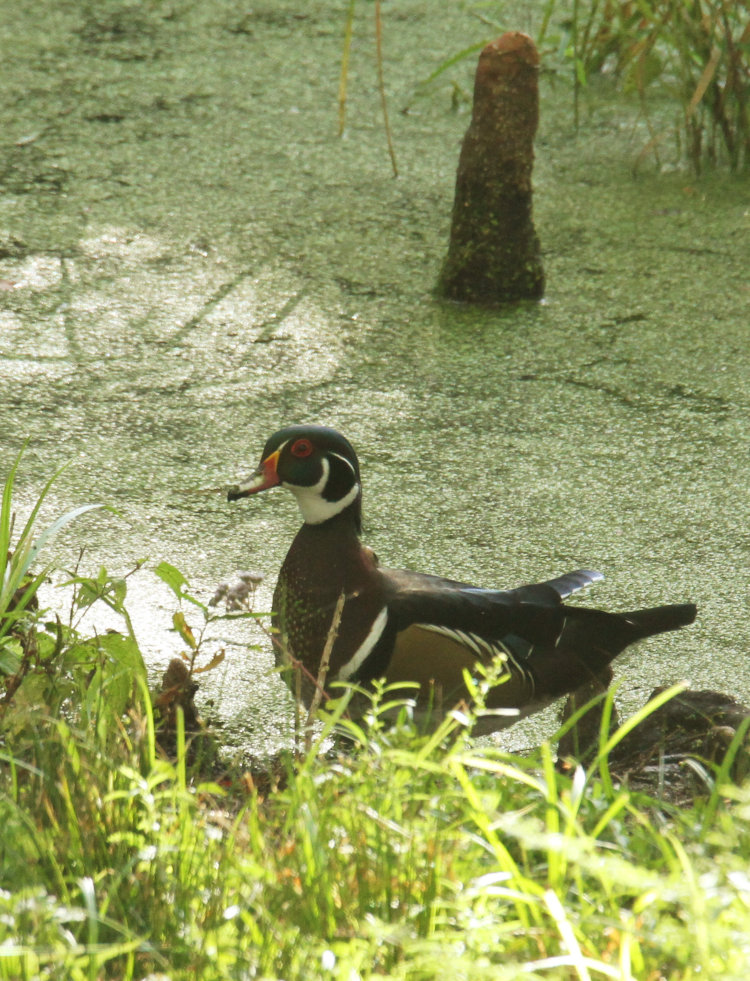




















































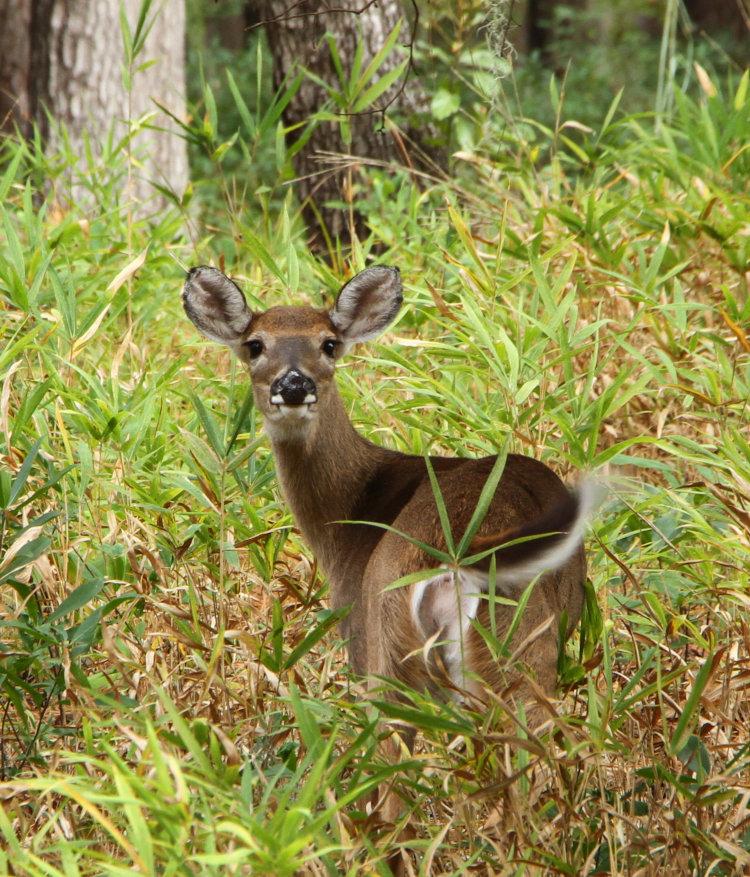
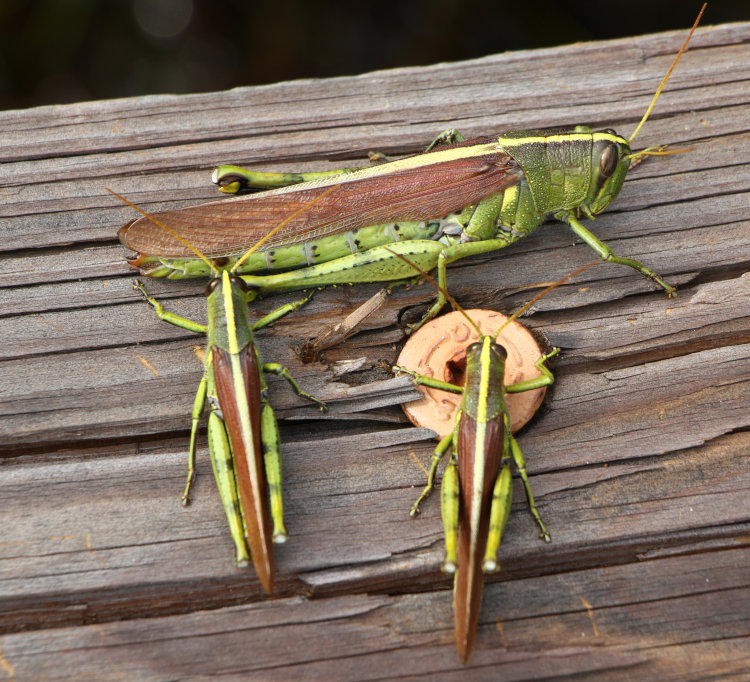
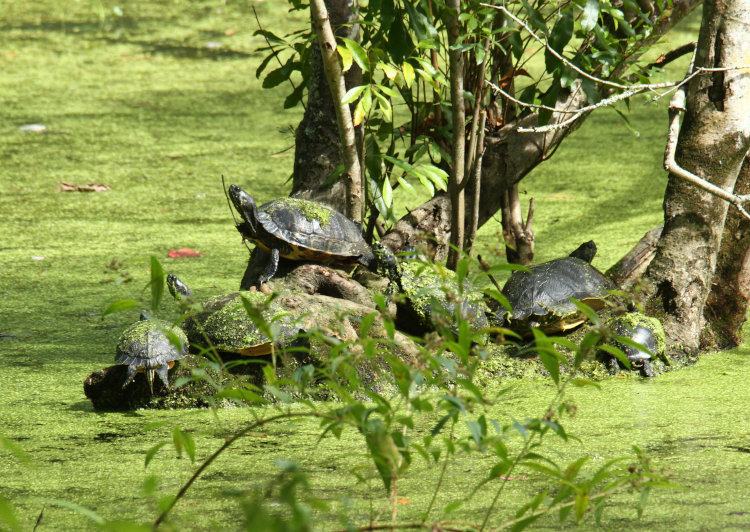
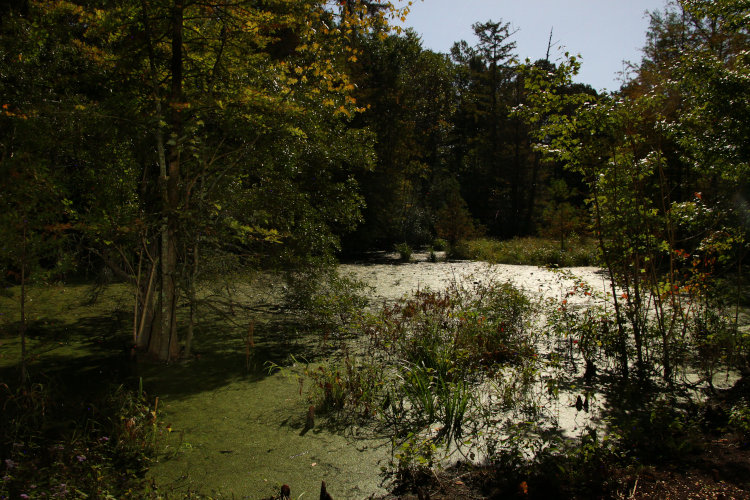
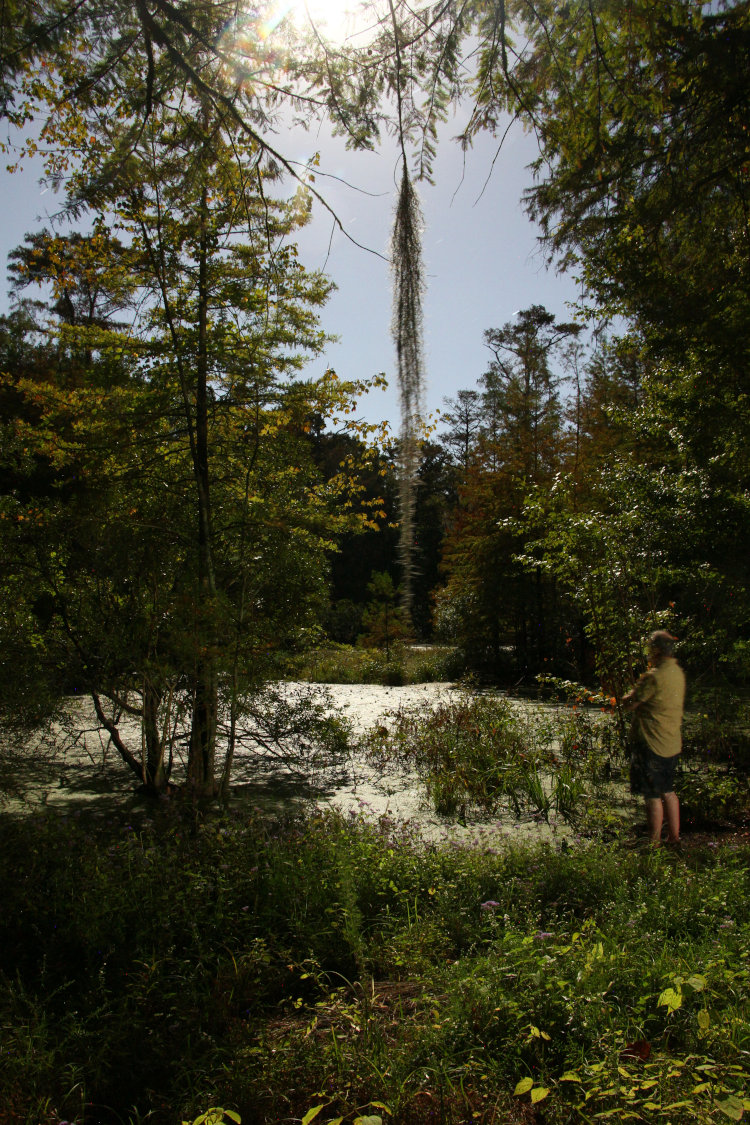
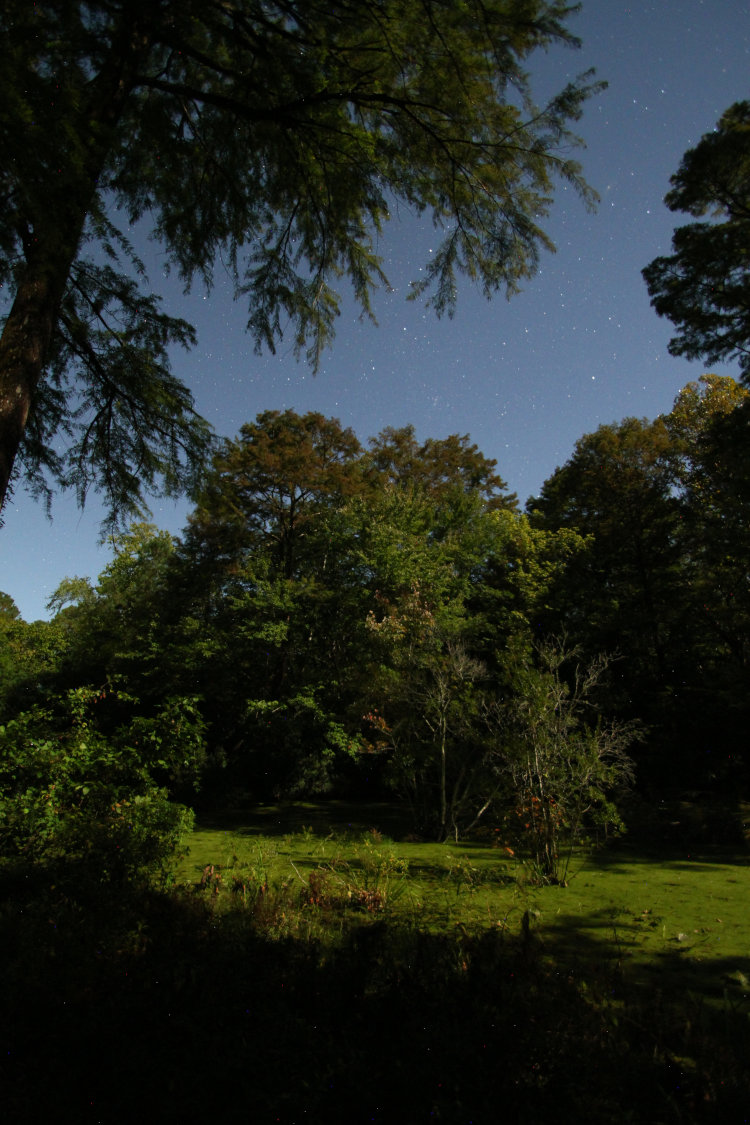
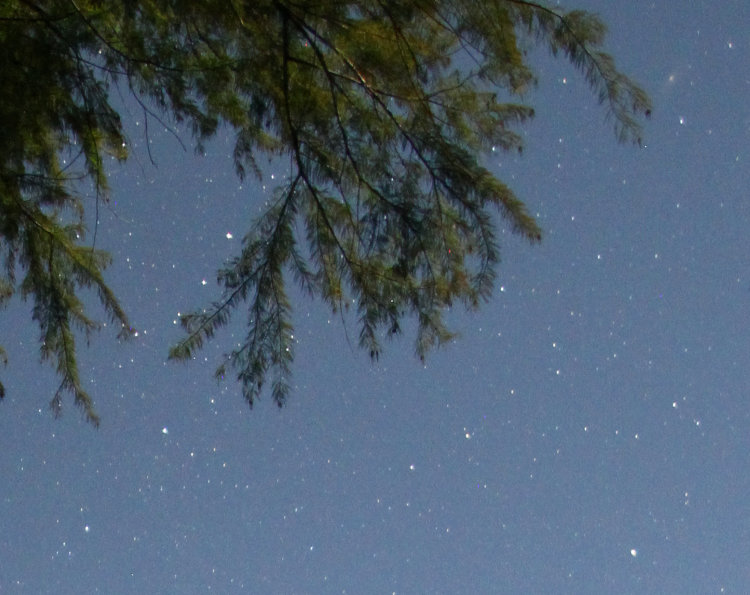
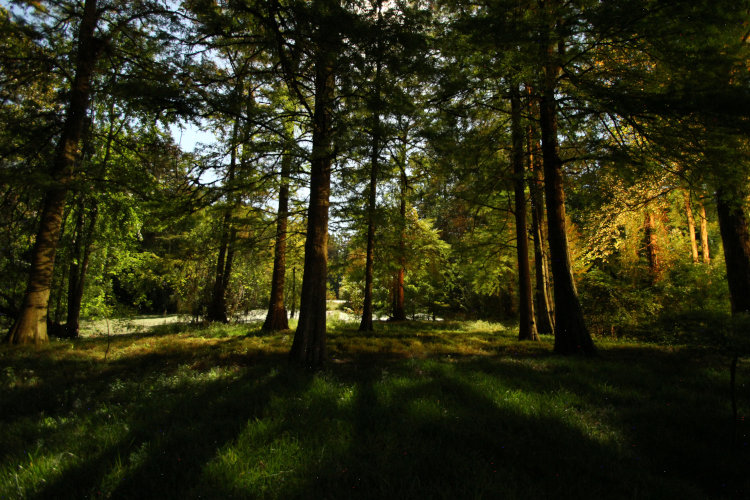

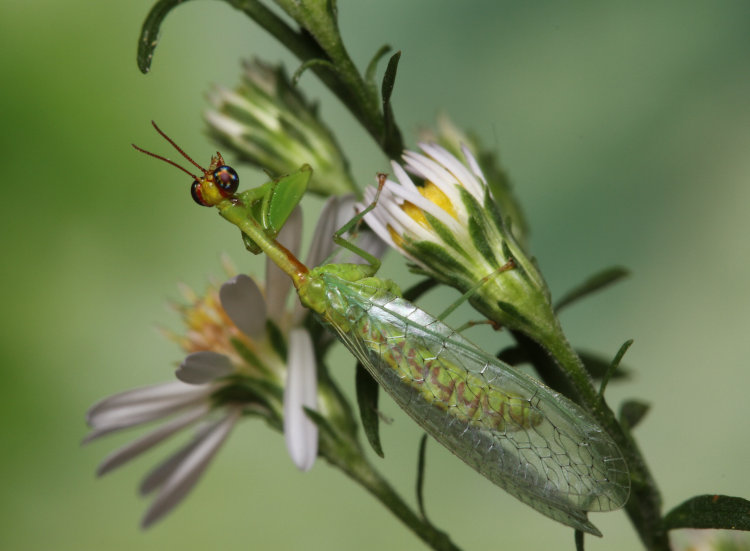
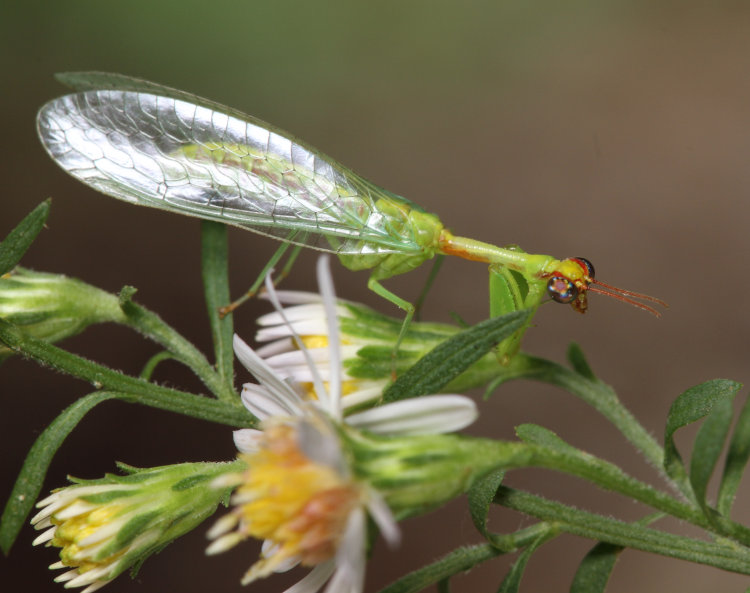
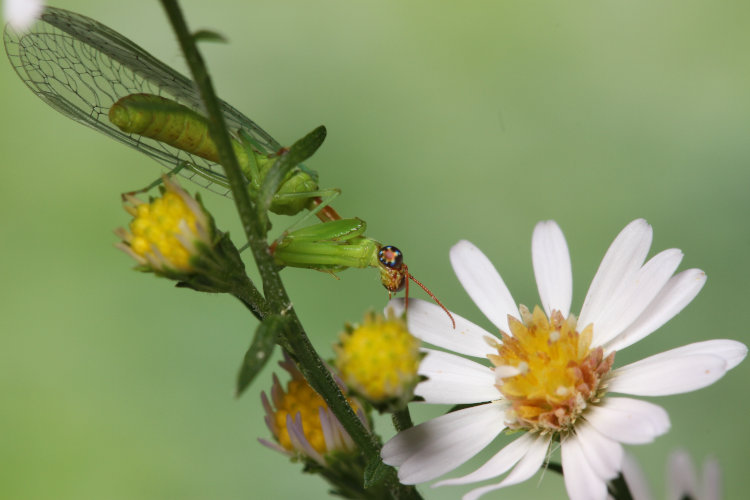
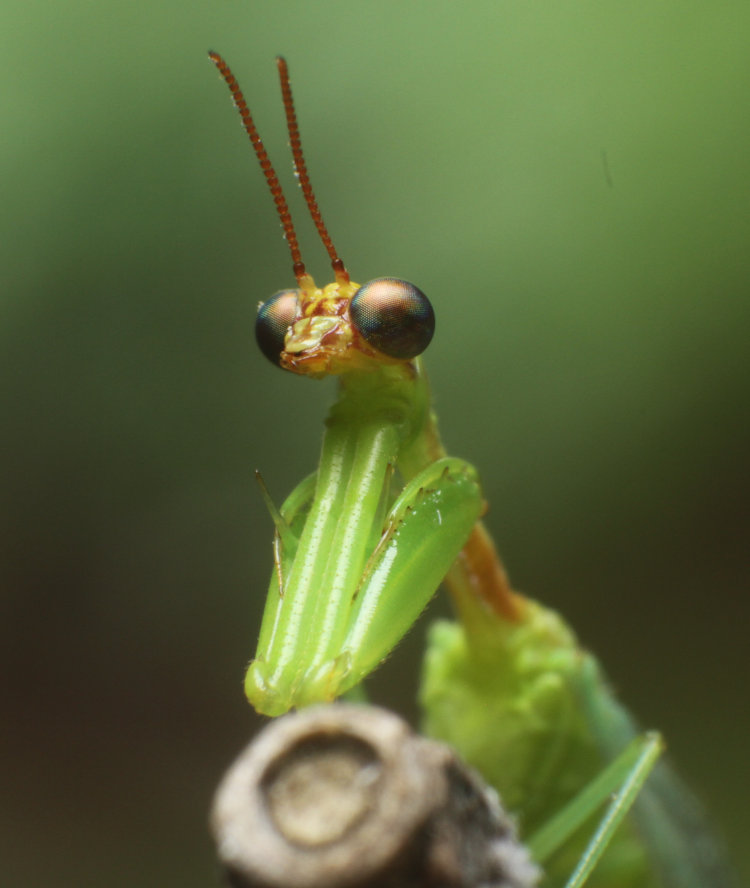
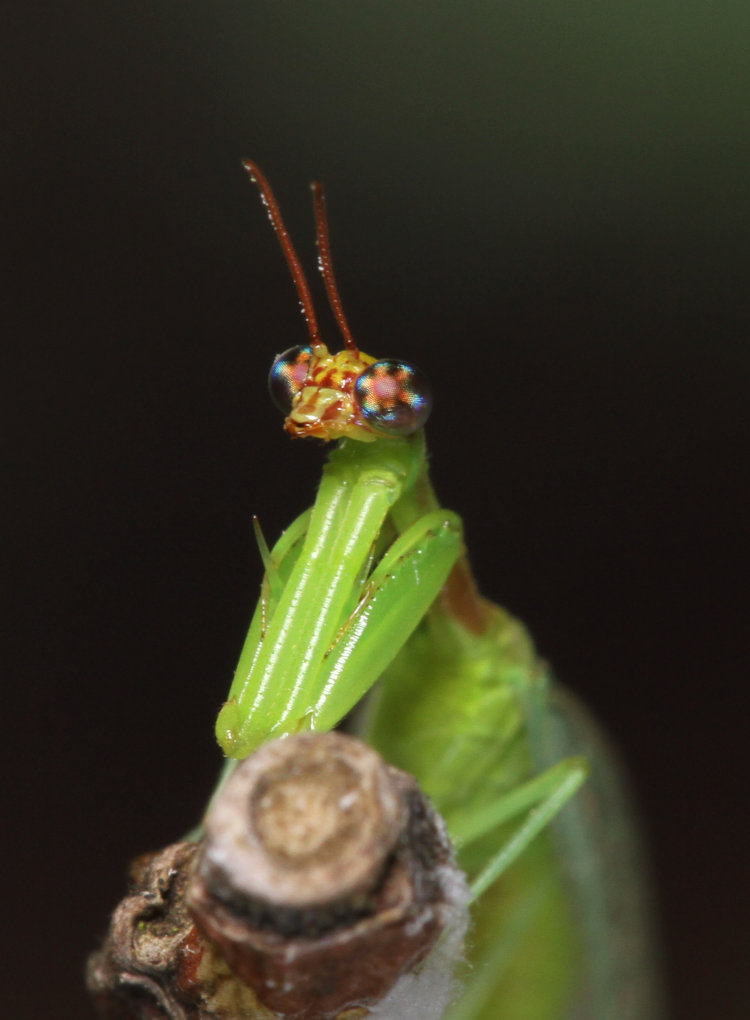
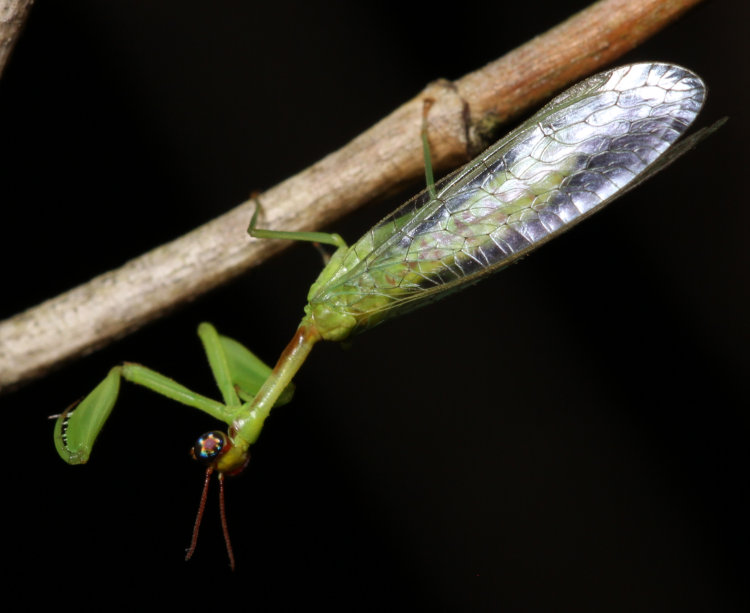
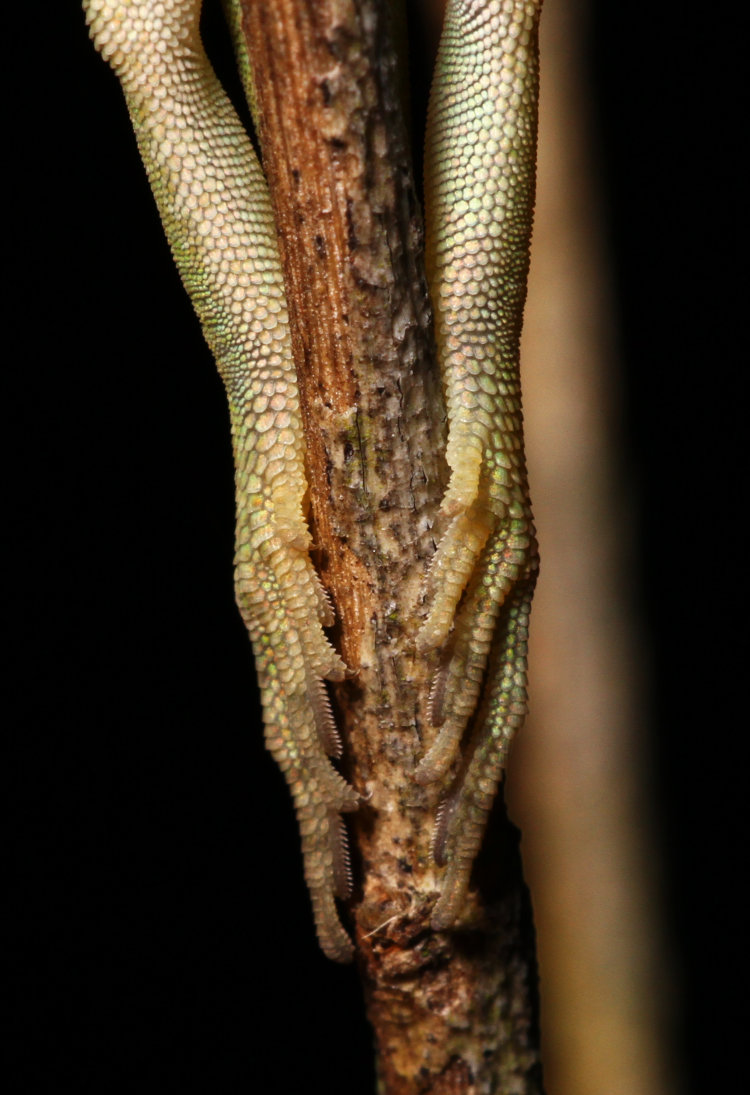
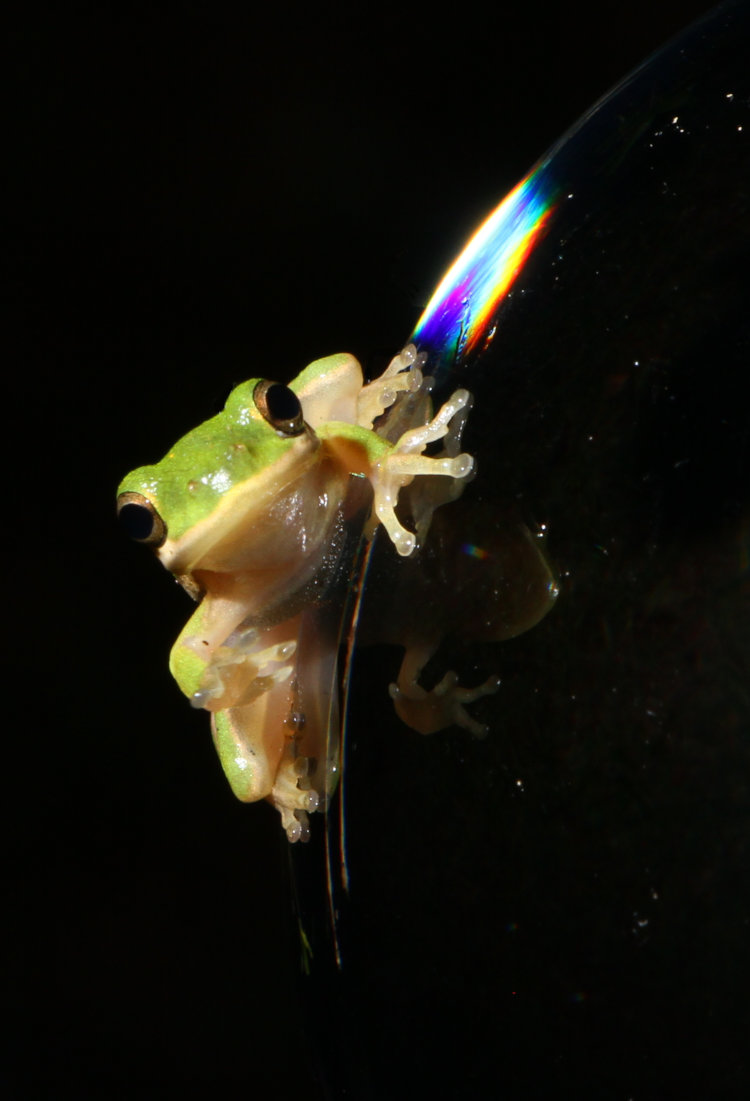






 The Hudsucker Proxy takes place in December 1958 in New York City, and bears the style and feel of the “rags to riches” films of that time period. Even better, it replicates many of the classic characters of the era, with no bad performances from anyone; Jennifer Jason Leigh as the fast-talking, streetwise journalist Amy Archer is simply fantastic, and listening to her rip off her dialogue (damn near monologues, most of the time) is delightful. Tim Robbins plays the lead as Norville Barnes, a naïve Muncieite newly arrived in the city and hoping that his new idea (“You know… for kids”) will propel him to success. Robbins has the face and voice for parts like this, but makes his transition to self-confident executive without quite leaving behind the naïvete, and he handles this adeptly. Paul Newman serves as the cynical and conniving Sidney J. Mussberger, the newly-appointed head of Hudsucker Industries who has to find a way for the board of directors to maintain controlling shares, and selects Barnes to fulfill this plot.
The Hudsucker Proxy takes place in December 1958 in New York City, and bears the style and feel of the “rags to riches” films of that time period. Even better, it replicates many of the classic characters of the era, with no bad performances from anyone; Jennifer Jason Leigh as the fast-talking, streetwise journalist Amy Archer is simply fantastic, and listening to her rip off her dialogue (damn near monologues, most of the time) is delightful. Tim Robbins plays the lead as Norville Barnes, a naïve Muncieite newly arrived in the city and hoping that his new idea (“You know… for kids”) will propel him to success. Robbins has the face and voice for parts like this, but makes his transition to self-confident executive without quite leaving behind the naïvete, and he handles this adeptly. Paul Newman serves as the cynical and conniving Sidney J. Mussberger, the newly-appointed head of Hudsucker Industries who has to find a way for the board of directors to maintain controlling shares, and selects Barnes to fulfill this plot.